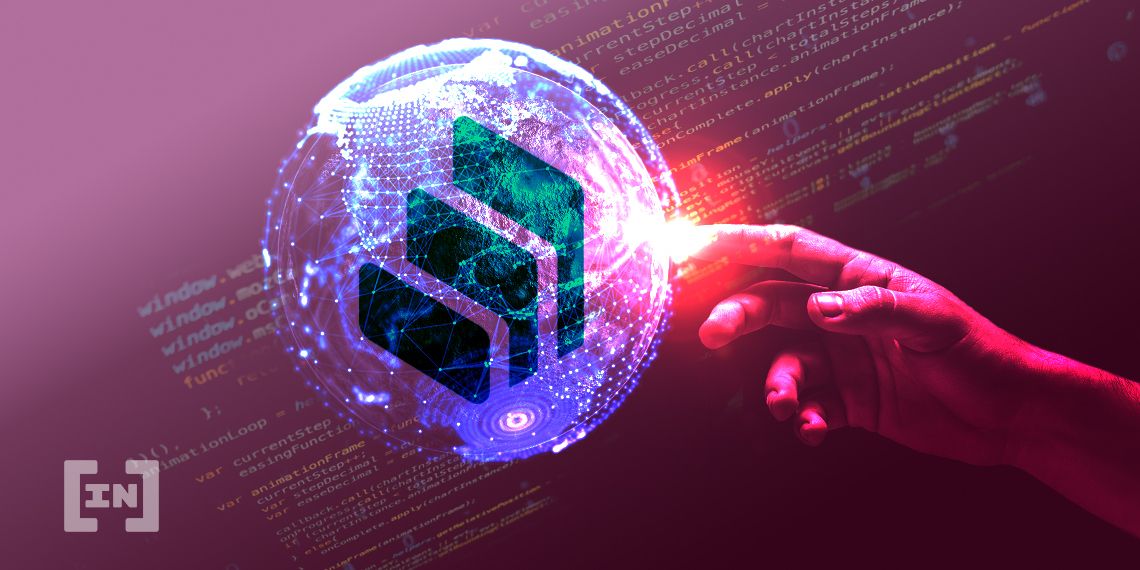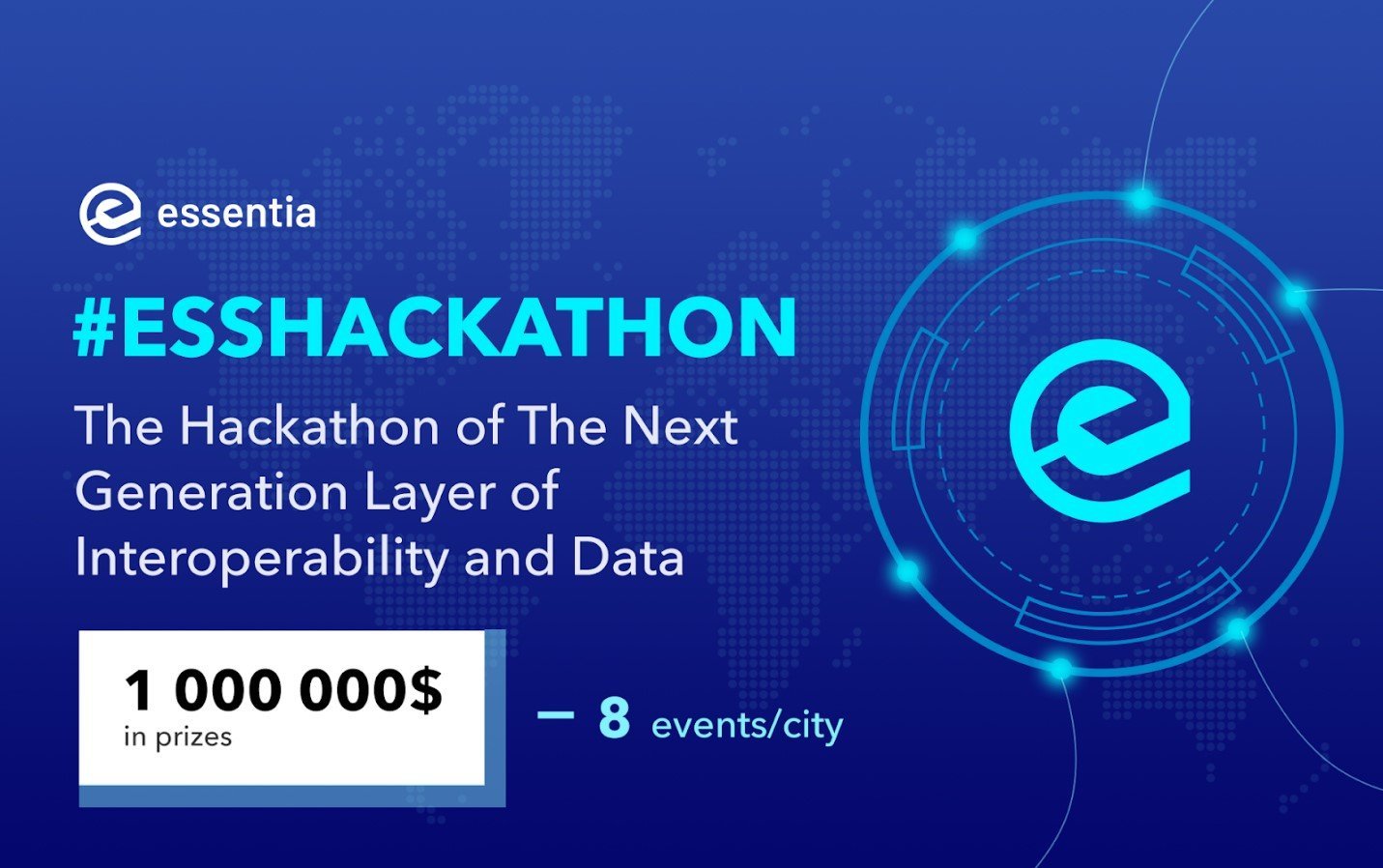2021-2-17 21:50 |
A blog post released on Monday revealed eight-layer 1 technologies being evaluated by The Graph for “potential integration.” The querying and indexing platform launched its mainnet on Ethereum at the tail end of 2020, building a robust and decentralized system on the Inter-Planetary File System (IPFS). Now, the company is shifting its focus to allow the deployment of sub-graphs (open APIs in the Web3 ecosystem) on other blockchains.
The list provided mentions eight potential L1 layer candidates to integrate The Graph (GRT), including Bitcoin (BTC), Polkadot (DOT), NEAR, Cosmos (ATOM), Solana (SOL), Avalanche (AVAX), Binance Smart Chain, and Celo.
The Graph was first conceptualized in 2018 to make it easy and efficient for developers to access on-chain data and build dApps by launching their sub-graph. Moving to new L1 blockchains will allow users and developers to build interoperable applications hence “growing the overall Web3 ecosystem”, the post further reads.
“After launching mainnet, we are looking to accelerate the upward trajectory of the Web3 ecosystem”
“That means ensuring that no matter which Layer 1 blockchain you are building on, you can build a subgraph and easily access data from across chains”.
Eva Beylin Director at The Graph Foundation
The company is still analyzing the conditions necessary to integrate its indexing platform to the Layer 1 blockchains – and the respective developer communities. The Graph is planning to use several criteria to integrate on a blockchain, including ease of integration, the communities’ hype and rigor, compatibility with its goals, and overall contribution to the Web3 ecosystem.
So far, over 7,000 sub-graphs have been deployed by decentralized finance products on Ethereum (ETH), including AAVE, Compound (COMP), Synthetix (SNX), and Uniswap (UNI). These projects use sub-graphs to retrieve data improving the efficiency of the platforms.
“By providing subgraph support across chains, developers will be able to utilize the best of whatever each blockchain has to offer,” Eva further said.
Finally, the post also revealed the Graph Foundation is launching the “Graph Grants Program” to any developers working on integrating the selected Layer 1 blockchains on its platform. The Foundation released 25 million GRT – The Graph’s native tokens – to be distributed across the Graph’s ecosystem across 2021.
The post On-Chain Data Indexing Platform, The Graph (GRT), Looks to Support Eight New Layer 1 Blockchains first appeared on BitcoinExchangeGuide.Similar to Notcoin - Blum - Airdrops In 2024
UniLayer (LAYER) íà Currencies.ru
|
|









